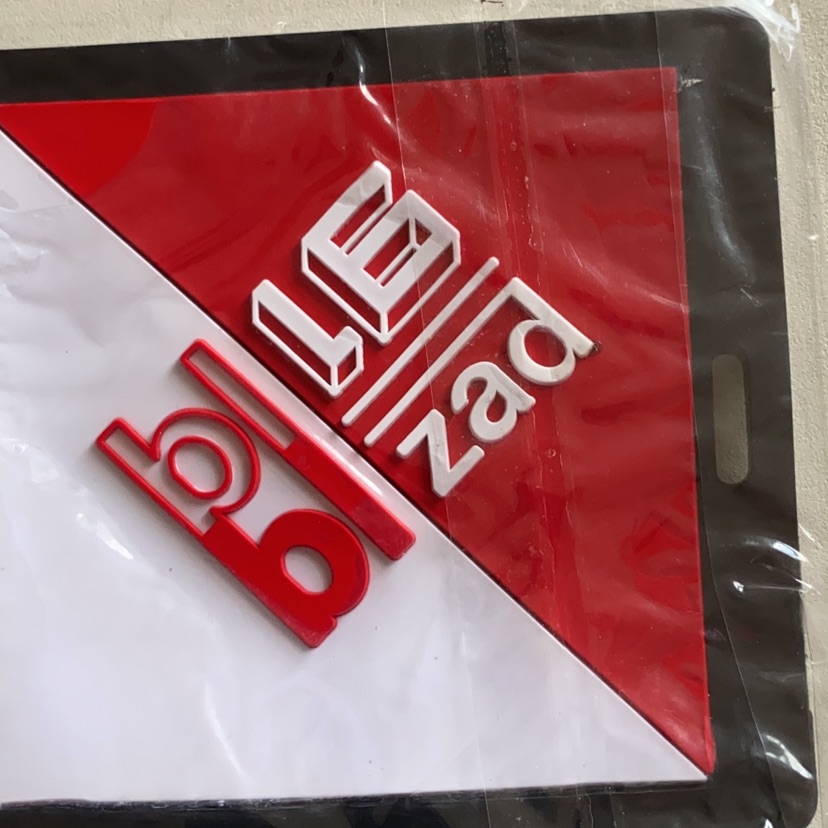
DrSam
No personal profile
43Follow
4Followers
1Topic
0Badge
$Straits Times Index(STI.SI)$
K
Sorry, the original content has been removed
Good article
Sorry, the original content has been removed
Good
Can Intel Stock Rise from the Dead?
Good
7 Top-Tier Dividend Stocks to Buy for 2023
Go to Tiger App to see more news